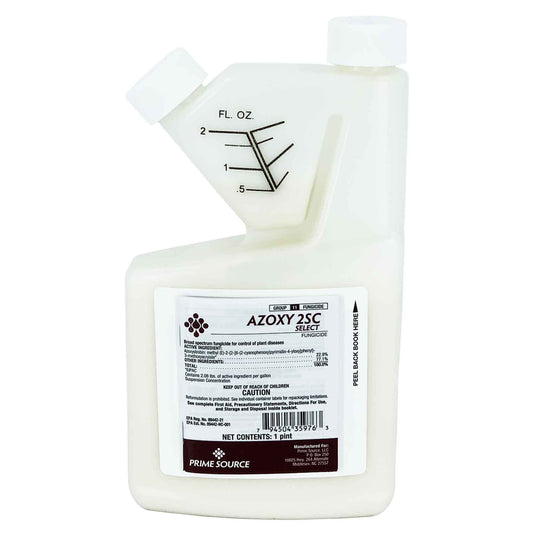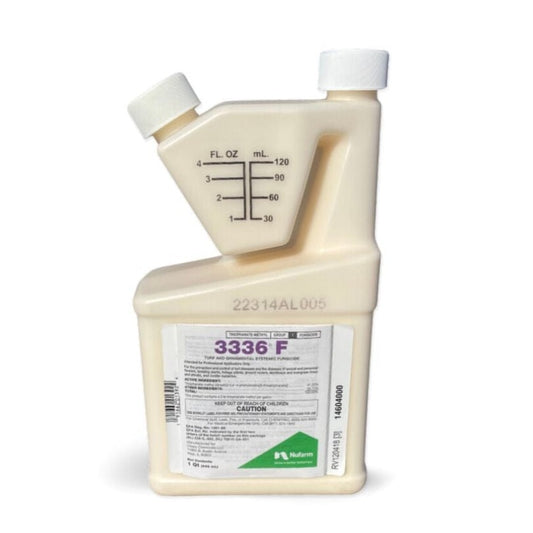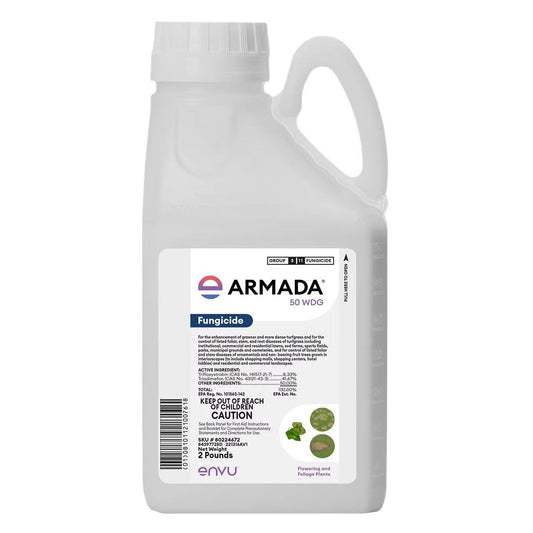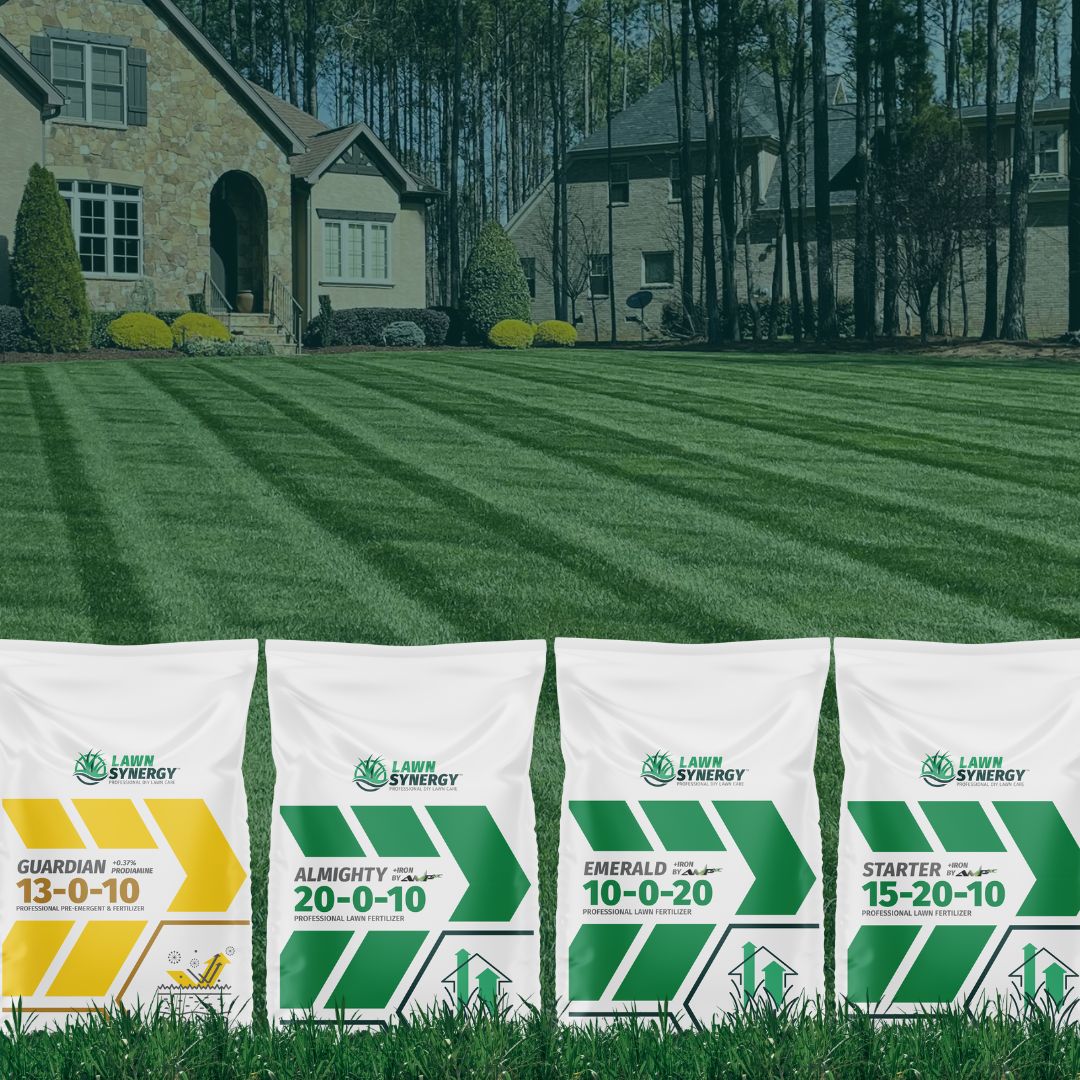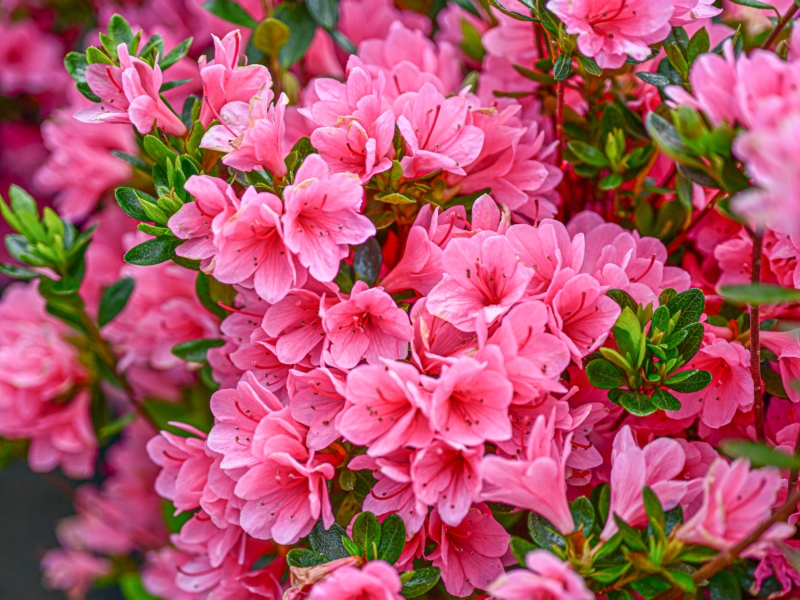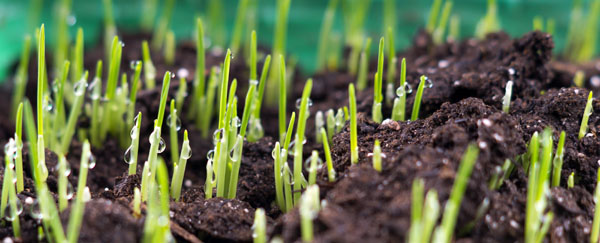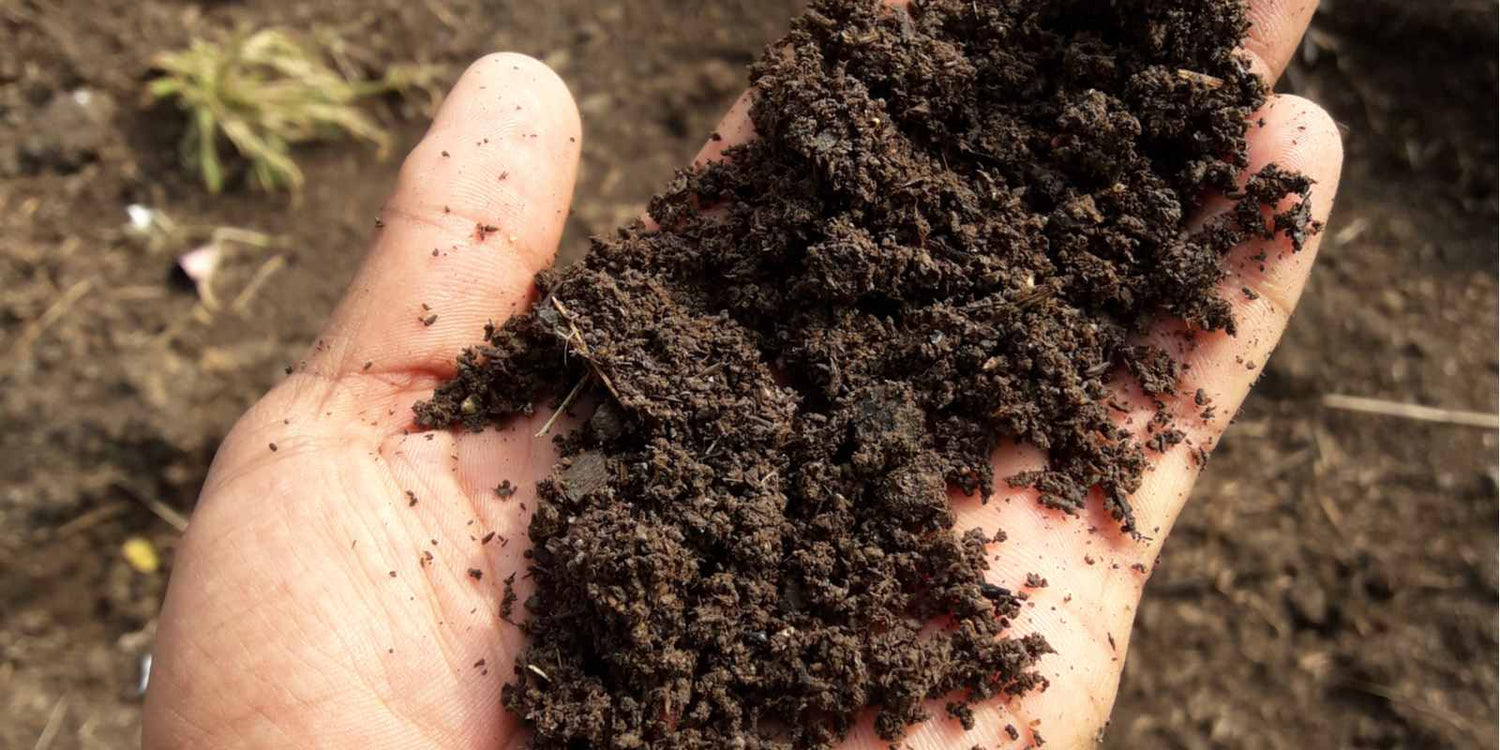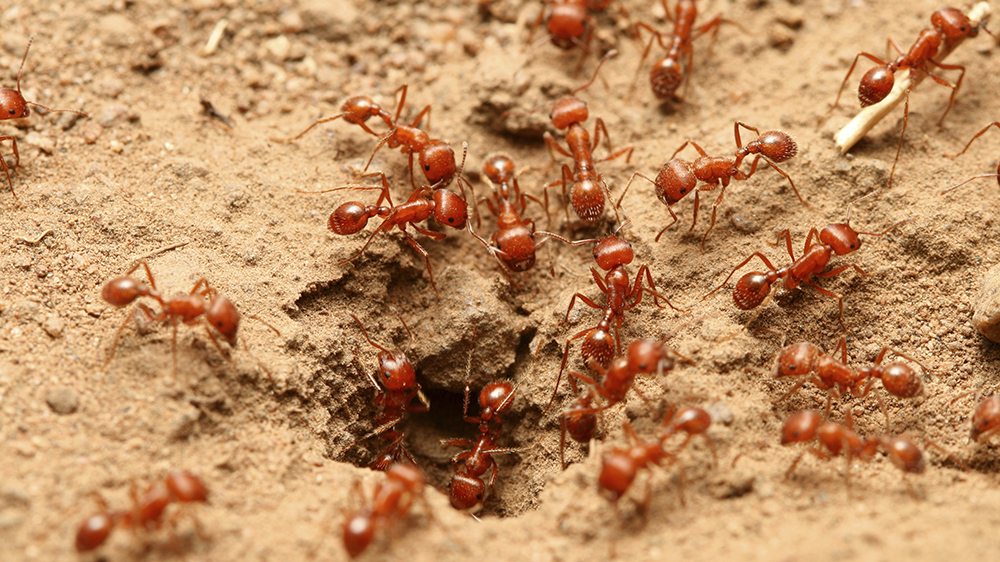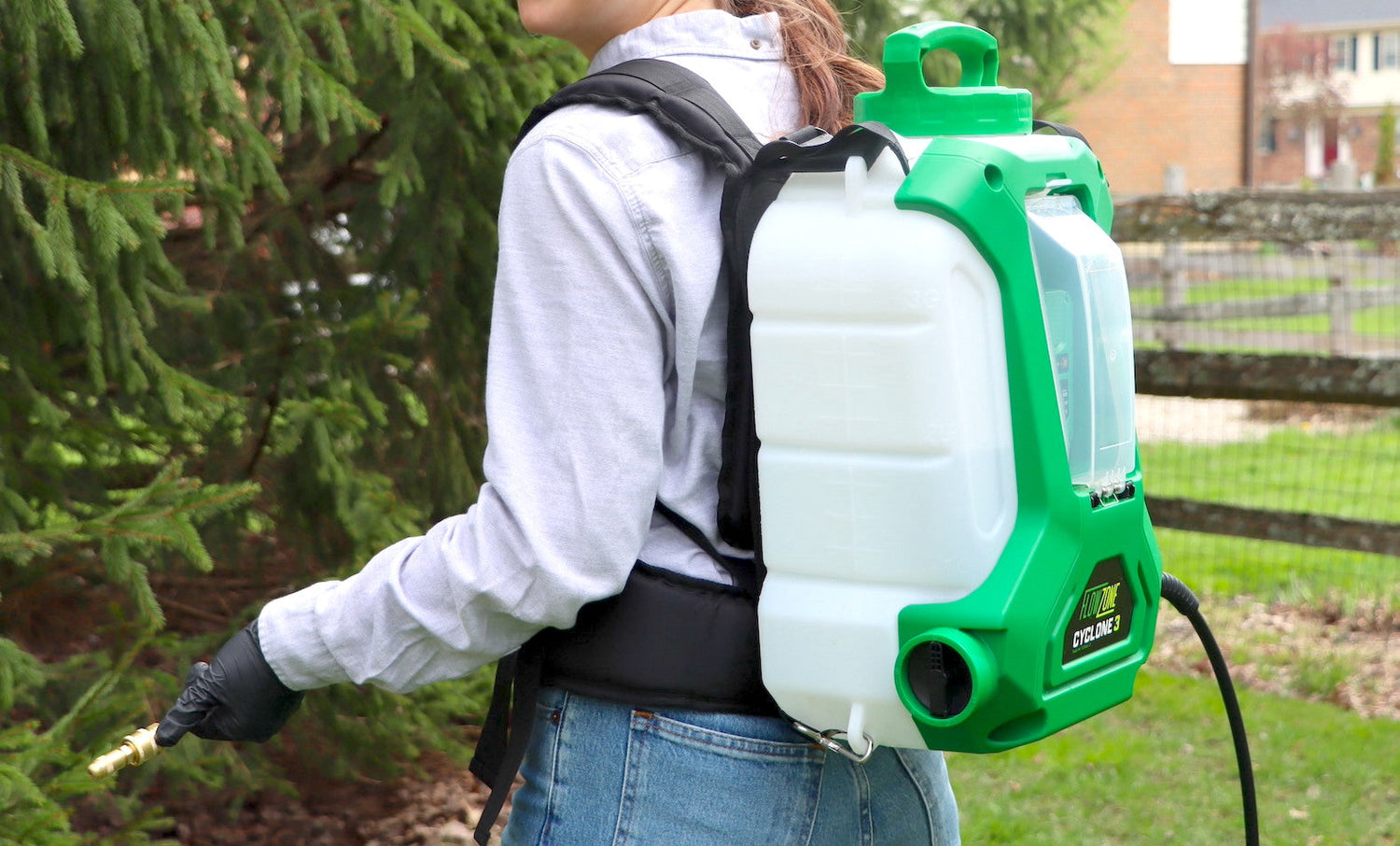Fungicide For Lawn & Plants
-
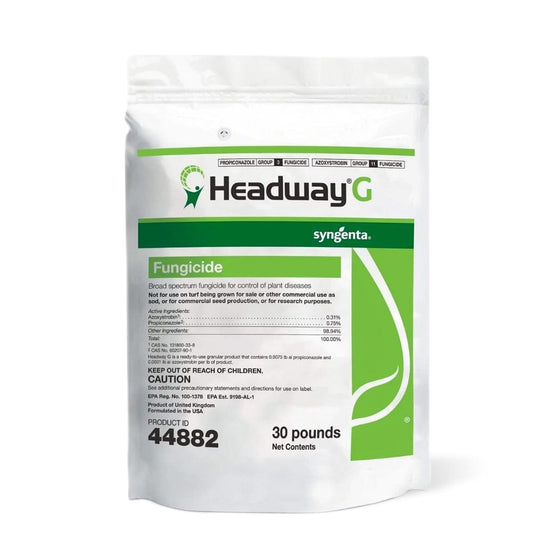 Sale
SaleHeadway G Fungicide
Regular price $79.99Regular priceUnit price per$87.99Sale price $79.99Sale -
Azoxy 2SC Select Fungicide - DiseaseEx Alternative
Regular price $56.99Regular priceUnit price per -
3336F Fungicide
Regular price $67.99Regular priceUnit price per -
Armada 50 WDG Fungicide
Regular price $156.99Regular priceUnit price per -
Lesco Spectator Ultra Fungicide
Regular price $119.99Regular priceUnit price per
Our fungicides are formulated to tackle a variety of fungal problems, ensuring your grass stays green and vibrant throughout the growing season. With options for both preventive and curative treatments, you can protect your lawn from future outbreaks while addressing current infections efficiently. Browse our top-rated products and find the perfect solution to keep your lawn looking its best all year round.
Our Top Products
Lawn Synergy offers only professional strength fungicides. Retail fungicides do not contain the amount of active ingredient as commercial products do. We have two types of fungicides below.
Granular Fungicides
- Headway G: Contains two modes of action, zoxystrobin and propiconazole. It is very successful because of its broad spectrum disease control that will last up to 28 days.;
Liquid Fungicides
- Azoxy 2SC: Contains one mode of action, Azoxystrobin and is great for treating brown patch. Azoxy fungicide will also last up to 28 days.
- 3336F: Contains one mode of action, thiophanate-methyl and is excellent on preventing gray leaf spot and other diseases in the lawn.
Tips for Preventing Lawn Diseases
- Apply Fungicide Regularly: Use fungicide every month during high disease pressure periods. Follow the label to see preventative and curative rates. It will also show when to reapply.
- Water Early Morning: Watering in the early morning allows moisture to evaporate quickly, reducing the risk of fungal growth.
- Avoid Night Watering: Watering at night creates a damp environment ideal for fungi.
- Proper Lawn Maintenance: Mow regularly, clean your tools, and maintain proper lawn nutrition to keep your grass healthy. Mow up to 1/3 of the grass height on each mow to reduce stress on the grass.
Common Lawn Diseases by Lawn Type
Lawn diseases can vary based on the type of grass you have. Here’s a breakdown of some common lawn diseases by lawn type to help you identify and treat them effectively.
Cool-Season Grasses
Cool-season grasses thrive in cooler temperatures and include types like Kentucky bluegrass, perennial ryegrass, and fescues.
Dollar Spot
- Symptoms: Small, round, straw-colored spots.
- Treatment: Apply fungicide and maintain balanced fertilization.
Brown Patch
- Symptoms: Circular patches of dead grass with a smoky ring.
- Treatment: Use a fungicide specifically for brown patch and ensure proper watering practices.
Snow Mold
- Symptoms: Circular, straw-colored patches that appear after snow melts.
- Treatment: Rake affected areas and apply a fungicide.
Red Thread
- Symptoms: Red or pinkish threads appear on the grass blades.
- Treatment: Fertilize with nitrogen and apply a fungicide.
Warm-Season Grasses
Warm-season grasses thrive in warmer climates and include types like Bermuda, St. Augustine, Zoysia, and Centipede.
Large Patch
- Symptoms: Large, circular patches of discolored grass.
- Treatment: Apply fungicide in the fall and spring, avoid overwatering, and ensure proper lawn aeration.
Gray Leaf Spot
- Symptoms: Small, gray lesions on the grass blades.
- Treatment: Use a fungicide labeled for gray leaf spot and reduce nitrogen fertilization.
Spring Dead Spot
- Symptoms: Circular dead patches that appear in spring.
- Treatment: Apply fungicide in the fall and improve soil aeration and drainage.
Pythium Blight
- Symptoms: Greasy, water-soaked patches that can spread quickly.
- Treatment: Use a fungicide specific for Pythium and improve soil drainage.
Our collection of lawn fungicides is designed to provide you with the best options for maintaining a healthy, disease-free lawn. Browse our products and find the perfect solution for your lawn care needs today!


